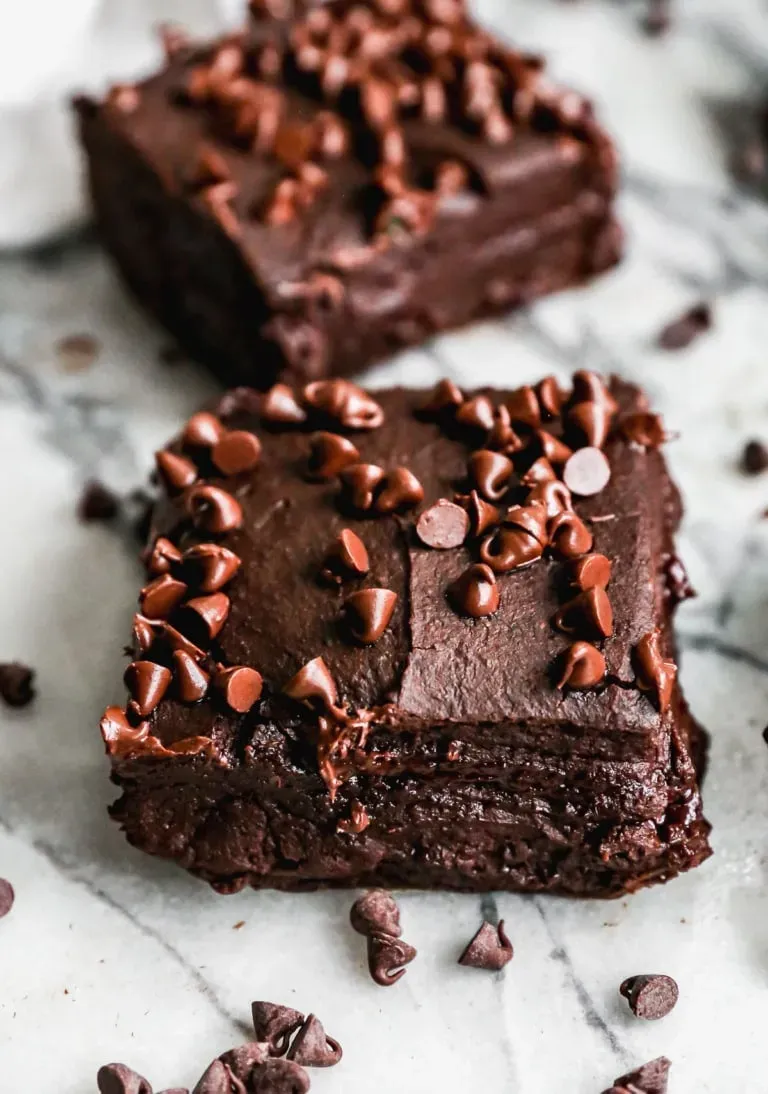Table of Contents
let's address the elephant in the room, or perhaps the bean in the brownie. Black beans? In dessert? Sounds like something your health-obsessed aunt invented, right? You're probably picturing dry, weirdly-textured lumps masquerading as a treat. We get it. The idea of brownies made from black beans can spark some serious skepticism. But hold on a second before you dismiss it entirely.
Why Black Beans Belong in Your Brownies
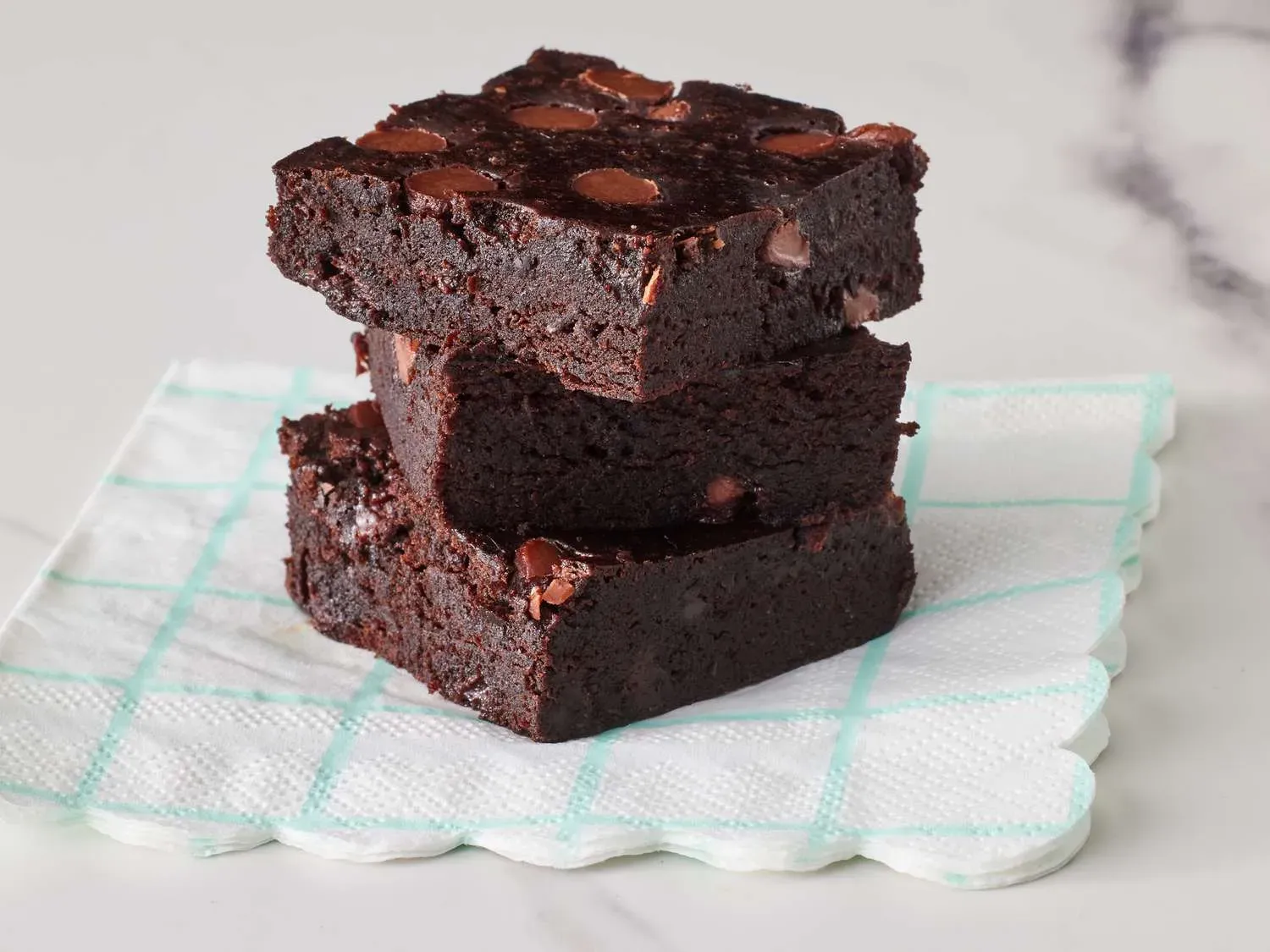
Why Black Beans Belong in Your Brownies
Alright, let's talk beans and brownies. Seriously. You're probably thinking, "This sounds fundamentally wrong." But hear me out. Black beans aren't just some random vegetable tossed in for shock value or a desperate attempt at sneaking in fiber. They bring some serious structural integrity and moisture to the party. Think about what makes a great brownie: that dense, slightly chewy, incredibly fudgy center. That's where the beans shine. Blended up smooth, they act like a binder, giving the brownies body without needing a ton of extra flour or fat. They provide a natural richness and moisture that keeps the brownies from drying out, leading to that coveted fudgy texture everyone chases. It's less about making them "healthy" and more about them being a secret weapon for texture.
Whipping Up Amazing Brownies Made From Black Beans
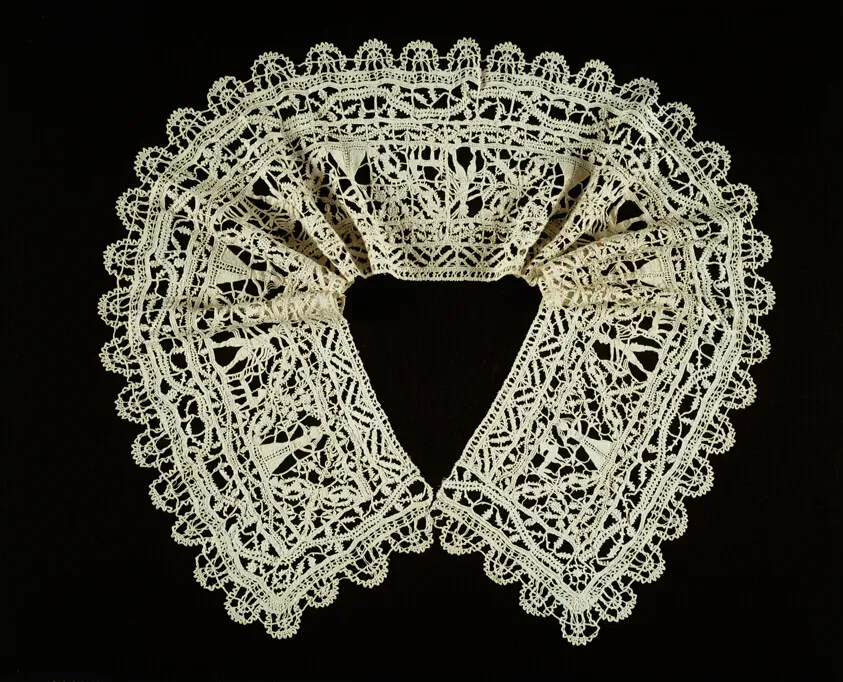
Whipping Up Amazing Brownies Made From Black Beans
so you're convinced (or at least morbidly curious) about the black bean magic. How do you actually make these brownies work? It starts with the beans themselves. Grab a can, rinse them *really* well – like, until the water runs clear and you no longer feel like you're washing away the soul of the bean. This step is non-negotiable unless you enjoy a faint, questionable aftertaste. Toss those rinsed beans into a food processor or a high-powered blender. Your goal here is absolute smoothness. You want a velvety puree, no chunky bits allowed, or your brownies will have a texture that screams "I tried to hide vegetables in your dessert." You might need a splash of water or milk (dairy or non-dairy) to help it along, but add it sparingly. Too much liquid equals cakey brownies, and nobody wants that when aiming for that dense, fudgy goodness expected from brownies made from black beans.
Tips & Tricks for Your Best Batch of Black Bean Brownies
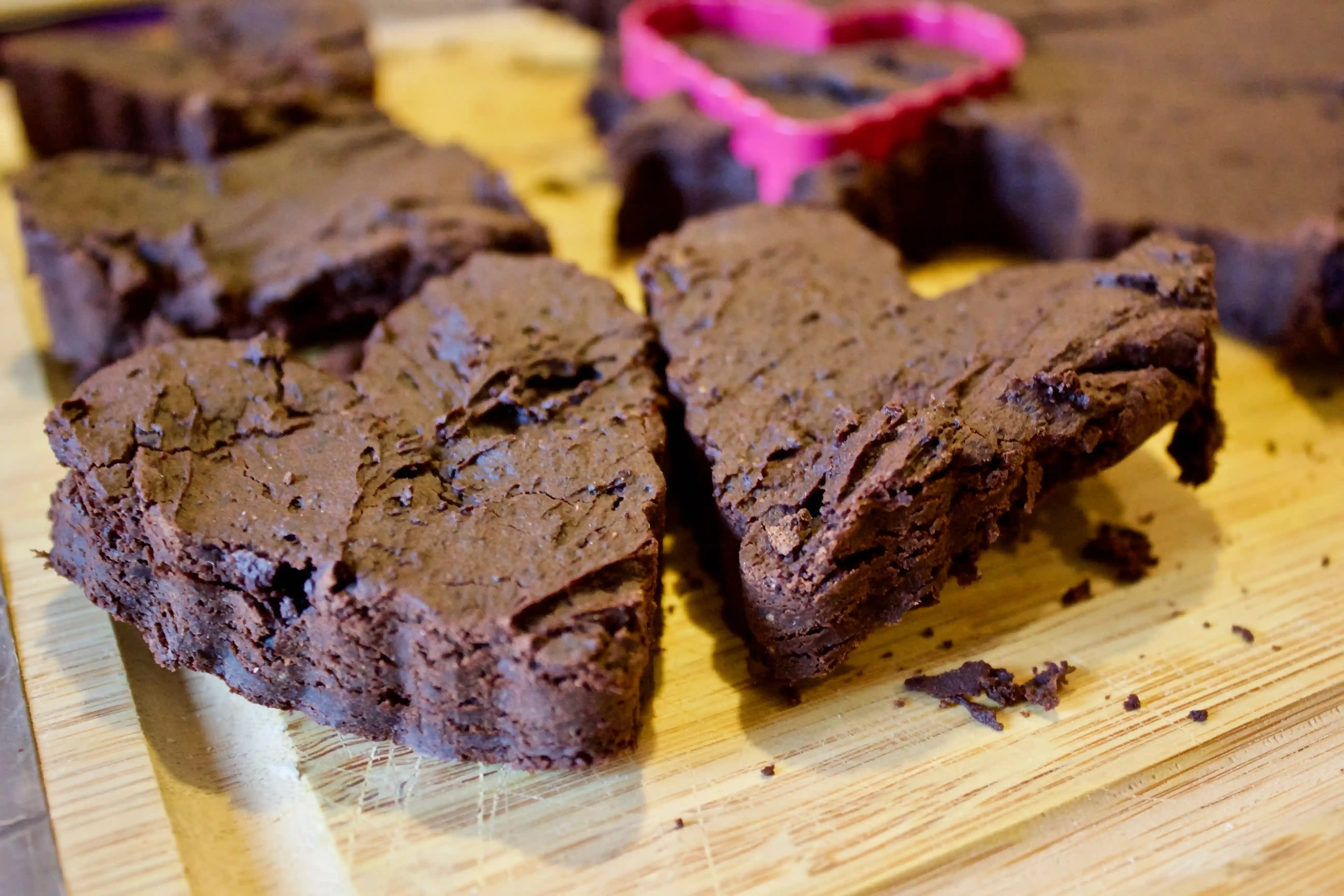
Tips & Tricks for Your Best Batch of Black Bean Brownies
Don't Skimp on the Rinse Cycle
Look, this isn't a suggestion; it's a command. The number one reason people claim their brownies made from black beans taste "beany" is because they didn't rinse the canned beans thoroughly enough. That starchy, slightly metallic liquid clinging to the beans? That's the culprit. Dump the beans into a colander and run cold water over them for a solid minute or two, maybe even more. Swish them around. Get rid of all that canning liquid. You want those beans as naked and clean as possible before they go anywhere near your blender. Trust us on this one; it makes all the difference between a legitimately good brownie and a culinary disaster.
Another point: use canned beans. While theoretically you could cook dried beans from scratch, canned beans are consistently soft enough to blend into that silky-smooth puree you absolutely need. Plus, who has time to soak beans overnight when a brownie craving hits?
Blend Until Your Blender Weeps
We already touched on the importance of a smooth puree, but it bears repeating. You need to blend those rinsed black beans until they are utterly, completely, undeniably smooth. No little flecks, no gritty texture. Think baby food, but maybe a little less... beige. If your blender is struggling, add liquid one tablespoon at a time. Using a high-powered blender makes this significantly easier, but a standard food processor can get the job done; it just might take a bit longer and require more scraping down the sides.
Hitting that perfect consistency is key. If the puree is too thick, your batter will be tough. If it's too thin, you'll end up with something closer to chocolate soup than fudgy brownies. It should be thick enough to hold its shape briefly but still pourable. It's a delicate balance, but worth the effort for superior brownies made from black beans.
- Rinse canned beans for at least 1-2 minutes under cold water.
- Use a high-powered blender or food processor for the smoothest puree.
- Add liquid (water or milk) sparingly, one tablespoon at a time, only if needed for blending.
- Blend until absolutely no bean texture remains – think velvety smooth.
- Aim for a thick-but-pourable consistency for the bean puree.
Don't Overbake Them (Seriously)
This is true for any brownie, but it's especially critical when making brownies made from black beans. Because they have a different moisture profile thanks to the beans, they can go from perfectly fudgy to dry and sad in the blink of an eye. Start checking them around the minimum bake time specified in your recipe.
A toothpick test isn't quite the same here as with a cake. You don't want it to come out completely clean. A few moist crumbs clinging to it are exactly what you're looking for. If it comes out wet batter, obviously keep baking. If it comes out clean, you've likely gone too far. Pull them out when they still look slightly underdone in the center. The residual heat in the pan will continue to cook them as they cool, ensuring that perfect, gooey, fudgy texture. Patience is a virtue, especially when waiting for them to cool before slicing. Warm brownies are good, but slightly cooled fudgy brownies are transcendent.
The Truth: Do Brownies Made From Black Beans Actually Taste Good?
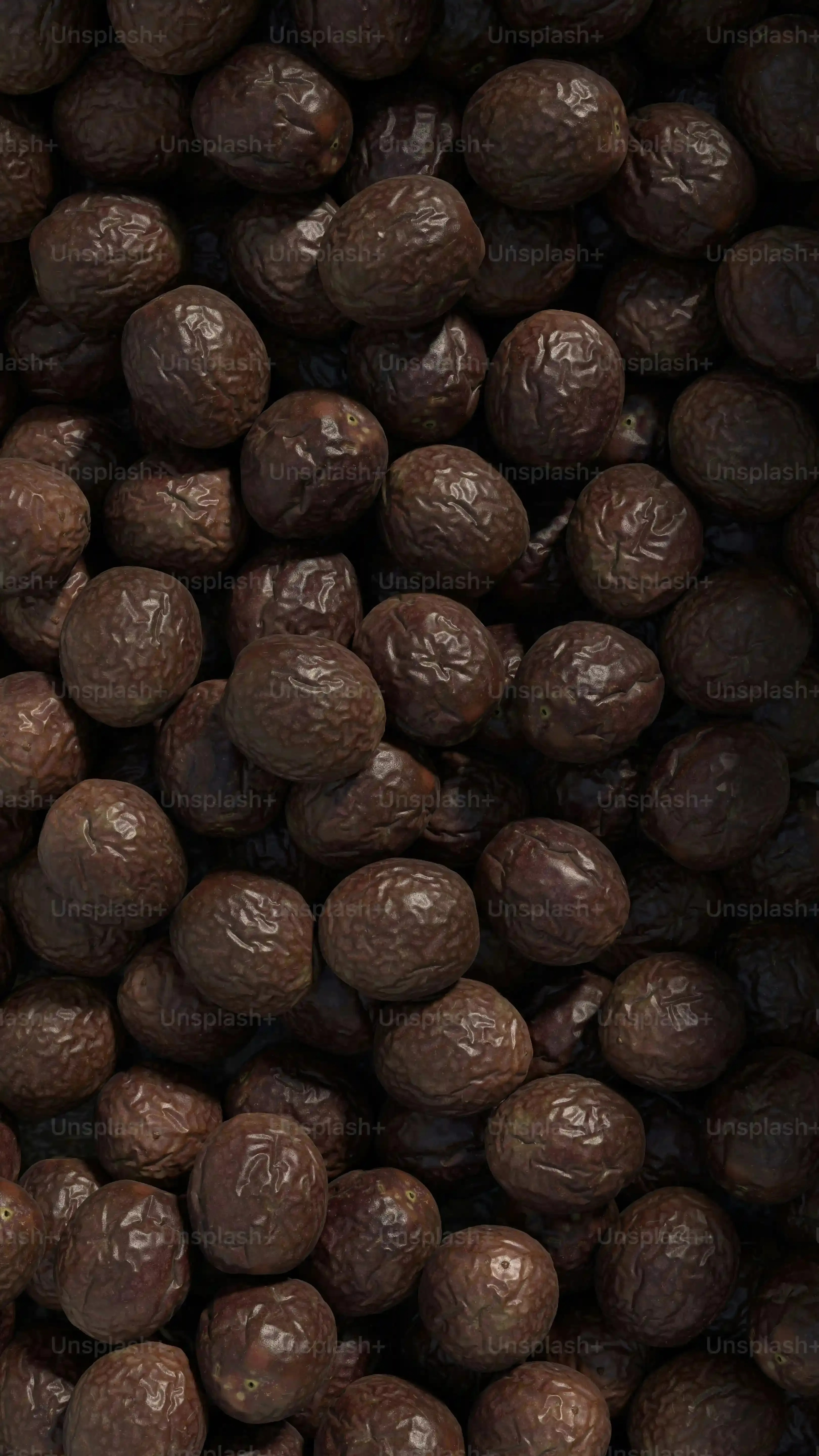
The Truth: Do Brownies Made From Black Beans Actually Taste Good?
let's cut to the chase. The big question: Do brownies made from black beans actually taste good? If you followed the instructions, especially the rinsing and blending parts, the answer is a resounding yes. They don't taste like beans. Seriously. What you get is an intensely fudgy, deeply chocolatey brownie. The beans simply provide the structure and moisture that delivers that perfect dense chewiness, letting the chocolate flavor take center stage. Think of them as silent partners in fudgy crime. If you're tasting beans, something went wrong in the prep – likely insufficient rinsing or blending. When done right, they just taste like a really good, rich brownie, maybe even better than some traditional recipes that can lean dry or cakey. It's less about replicating a classic and more about discovering a new path to fudgy nirvana.
- Intensely fudgy texture
- Deeply chocolatey flavor
- Dense and chewy
- Not "beany" if prepared correctly
So, Are Black Bean Brownies Worth the Hype?
Look, we weren't promising a miracle cure for your sweet tooth or claiming these will taste *exactly* like the box mix you grew up on. But if you followed the steps, used decent ingredients, and maybe even added a few chocolate chips, you likely ended up with something surprisingly good. Something fudgy, rich, and definitely not tasting like a bean casserole gone wrong. The skepticism was understandable, but the proof, as they say, is in the pudding – or in this case, the brownie. Give them a shot; they might just surprise you, and isn't that half the fun of messing around in the kitchen anyway?
